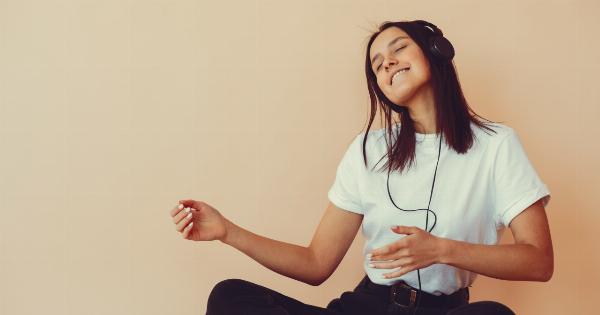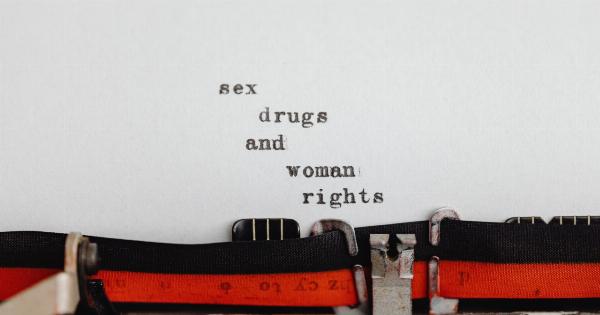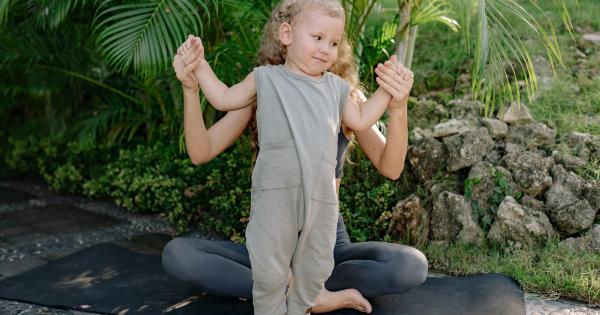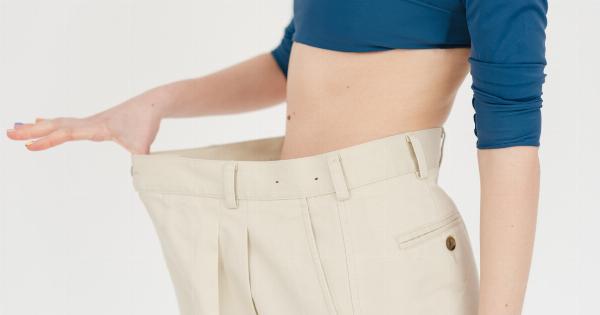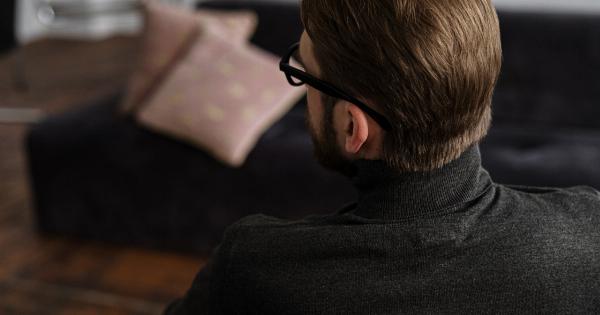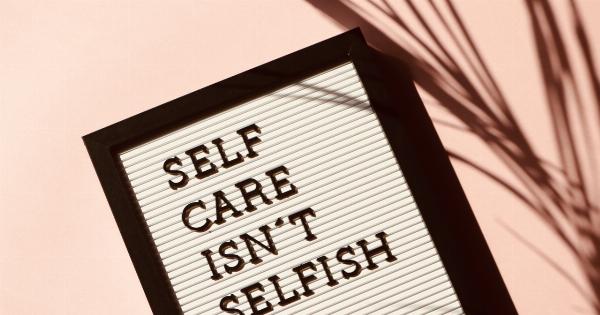Have you ever noticed how the clothes you wear can affect your mood? Whether you realize it or not, your clothing choices can have a significant impact on how you feel throughout the day.
This connection between your mood and what you wear is something that researchers and psychologists have been studying for years. In this article, we will explore the relationship between clothing and emotions, and how you can use this knowledge to your advantage.
1. The Psychology of Clothing
It’s no secret that what we wear can influence the way others perceive us.
But did you know that it can also affect our own thoughts, feelings, and behaviors? This phenomenon, known as “enclothed cognition,” suggests that the symbolic meaning of clothing can influence our cognitive processes and behaviors. For example, when you dress in formal attire, you may feel more confident and assertive, while wearing comfortable clothes can make you feel relaxed and at ease.
2. The Mood-Boosting Effects of Color
Colors have long been associated with different emotions and moods. Research has shown that wearing certain colors can have a direct impact on our mood and well-being.
For instance, blue is often associated with calmness and relaxation, while red can evoke feelings of energy and excitement. Understanding the psychological effects of color can help you choose clothing that aligns with your desired mood. So, the next time you’re feeling down, try wearing something in a vibrant shade to lift your spirits.
3. Dressing for Success
There’s a reason why many people say, “dress for the job you want, not the job you have.” The way you dress can influence not only how others perceive you but also how you perceive yourself.
When you dress professionally or wear clothing that makes you feel confident, you are more likely to perform better in various aspects of your life, including work, relationships, and personal goals. So, if you want to boost your mood and productivity, pay attention to your outfit choices.
4. The Power of Comfort
Wearing comfortable clothing goes beyond just physical comfort. It can also have a significant impact on your mental and emotional well-being. When you wear clothes that make you feel at ease, your stress levels decrease, and your overall mood improves.
On the other hand, wearing tight or constricting clothing can lead to feelings of irritability and discomfort. So, if you’re feeling stressed or anxious, opt for loose-fitting, soft fabrics that allow you to move freely.
5. Expressing Your Identity
Your clothing choices can also reflect and express your personal identity and values. By wearing clothes that align with who you are and what you believe in, you can cultivate a sense of authenticity and self-confidence.
Whether you prefer a casual, sporty look or a more elegant and sophisticated style, embracing your unique fashion preferences can positively impact your mood and self-image.
6. Mindful Dressing
Mindful dressing is about consciously choosing clothes that make you feel good inside and out. It involves paying attention to how different fabrics, textures, and styles make you feel and selecting clothing that aligns with your emotional needs.
For example, if you want to feel empowered, wearing clothes with structured silhouettes and clean lines can help you embody that energy. Alternatively, if you want to feel nurtured, choose soft, cozy materials that provide a sense of comfort.
7. The Influence of Others
Our clothing choices are not made in a vacuum. They are often influenced by societal norms, trends, and the opinions of others.
However, it’s essential to remember that ultimately, you should dress for yourself and prioritize your own emotions and well-being. While there’s nothing wrong with seeking inspiration or considering feedback from others, do not let external influences dictate your style choices if they don’t align with your true self.
8. The Impact of Clothing on Body Image
Body image is a significant factor in our overall mood and emotional well-being. The clothes we wear can either enhance or diminish our perception of our bodies.
Wearing clothes that fit well and make you feel comfortable in your skin can boost your body confidence and positively impact your mood. On the other hand, wearing ill-fitting or unflattering clothing can lead to feelings of insecurity and self-doubt. Embrace clothing that celebrates and embraces your body shape and size, as it can greatly contribute to a positive self-image.
9. Adaptability and Flexibility
It’s important to recognize that our mood and emotional needs can vary from day to day. What makes us feel confident and empowered one day might not have the same effect the next.
Therefore, maintaining a diverse wardrobe that allows for adaptability and flexibility is crucial. Having a range of options that cater to different moods and occasions enables you to dress in a way that supports and enhances your emotions at any given time.
10. Experimenting with Fashion
Lastly, don’t be afraid to experiment with fashion and step outside of your comfort zone. Trying new styles, mixing different colors, and incorporating bold accessories can be a fun way to explore your mood and express your creativity.
Fashion is an art form that allows us to tell a story without saying a word. Embrace the opportunity to use clothing as a tool for self-expression and mood enhancement.

